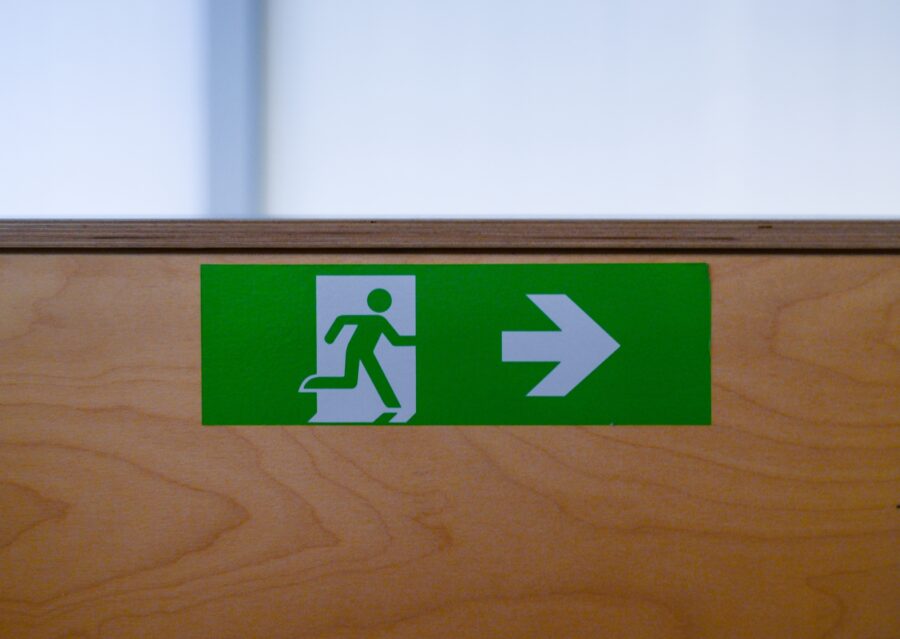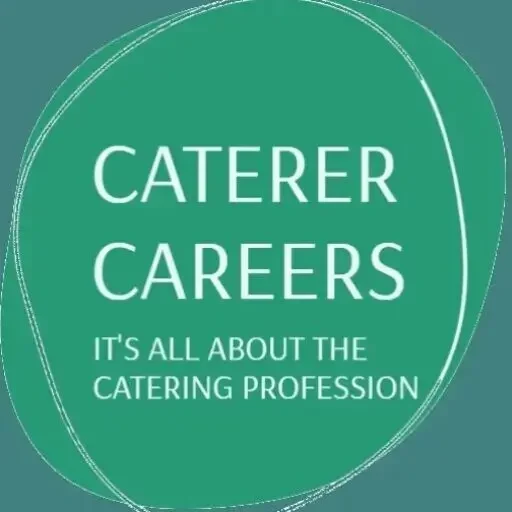
If there is a workplace where information regarding work safety and procedures is displayed – the kitchen is one of them. This display can sometimes add beauty to the kitchen wall; It also seems attractive to kitchen staff and visitors. They are also eye-catching and a notice to workers in commercial kitchens.
They are a message to the culinary staff. These posts point out things to do and things to avoid. Some may show you how to navigate your way within the work environment. Some remind you of tasks you must perform or enforce while on duty.
This task could be a hygiene practice that shouldn’t be neglected. Some could state where a particular item could be obtained: like a box where a disposable hairnet is kept or where a first aid box is placed.
Let’s proceed to look at these kitchen signposts:
-
- Clean as you go.
- Exit
- Do not attempt to catch a falling knife.
- Cover your hair while in the food production facility.
- Keep the work surface table clean at all times.
- Hot food should be served hot – Cold food should be served cold.
- Wash vegetables thoroughly under running water.
- If it is not clean, it is not safe – keep the kitchen clean always.
- Always remember to segregate and bag your kitchen waste.
- Clear the sink after every wash.
- We must wash our hands at all times.
- Open cann-tins on a clean work surface
- Clean up spills in the refrigerator and freezers immediately.
- Turn off and unplug electrical equipment before cleaning.
- Move food items to another unit before you start cleaning.
- Wash, rinse, and sanitize all food contact surfaces.
- Clean before storing `items on shelves and counters.
- Kitchen staff must maintain grooming at all times.
- Ensure storage temperatures are checked daily.
- Keep the deep fat fryer tidy and refill with clean oil after usage.
- Ensure color-coded chopping boards are used according to their specifications.
- The kitchen heat expeller/exhaust unit should be maintained and kept clean regularly.
- Check that a salamander is neat before food is processed in it
- The cooker/stove unit should be cleaned immediately after usage.
- Pots and pans should be stacked on racks in an orderly manner.
- Correct PPE or uniform should be worn by kitchen staff.
- Kitchen utensils should be used according to their specifications.
- Food handling must be done hygienically.
- Ensure to report any faulty equipment in the workplace.
- Raw and cooked foods should be stored separately.
- Refrigerators should function at the correct temperatures.
- Items should be stored in refrigerators in a manner that air can circulate properly.
- All waste bins should be kept covered.
- Switch off certain electrical gadgets at the end of a day’s work to save energy.
- Frozen items should be thawed correctly.
- Transfer the content of a canned food into another container after opening.
- Check that items or supplies are in good condition before you receive them.
- Dishes should be prepared according to menu specifications.
- Communicate any information that will be useful on the job.
- Disposable gloves should be used when required.
- Schedule of kitchen deep cleaning should be done when due.
- Dry food materials should be stored in a cool dry place.
- Chemicals for cleaning should be applied according to the manufacturer’s directions.
- Staff training should be carried out periodically.
- Kitchen stewards should ensure that the dirty water in the dishwashing machine is drained and refilled after usage.
- Unsafe work practices should not be allowed.
- Proper handover should be done at the end of every shift duty.
- Date dots and labeling should be done on food items to check expiry.
- The kitchen wall should be kept clean and sparkling always.
- Hazard analysis and critical control points (HACCP)
This practice of placement of signposts on kitchen walls and notice boards is like road safety directive signs we notice on the way. If you follow a sign that points in a direction – you will not miss your way to the place.
These forms of signposts are found in different places of work as well. Some stand tall on the side of the road like a placard held up by a pole. Some signs tell of the distance that a driver has covered on a journey.
Some contain a message of farewell while some contain a message of welcome into a town or city. Some are put there to tell motorists or give information concerning a situation on a road like a bend or bridge that is ahead. These signposts can look colorful and attractive to beholders.
Notice boards can be found in offices, schools, etc. They hold information about tasks or events that a workplace staff should attend to. Depending on the workplace, it is used to share or pass information on business activities.
Some restaurants place a notice board in front of their business premises to display their menu to passersby or guests. Guests can stand in front of the notice board to have a view of the menu of the day. If they are interested or like what they see – they walk into the eatery, sit down, and place their order.
An information board can go a long way in relating events or activities. We utilize them due to their usefulness in the workplace or anywhere. So their usefulness is employed in commercial kitchens to relate work ethics or practices.

